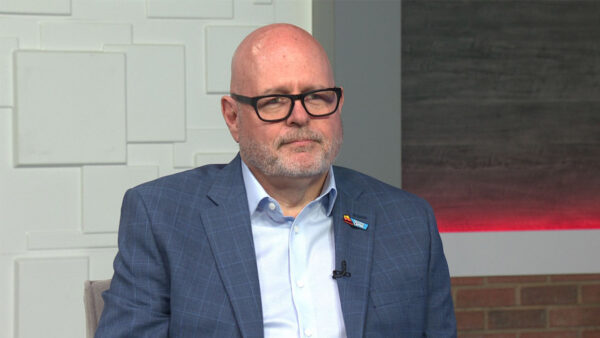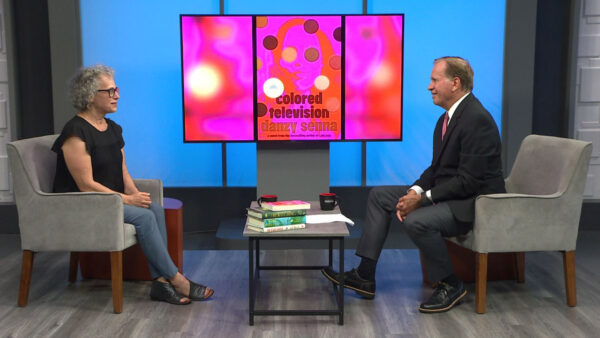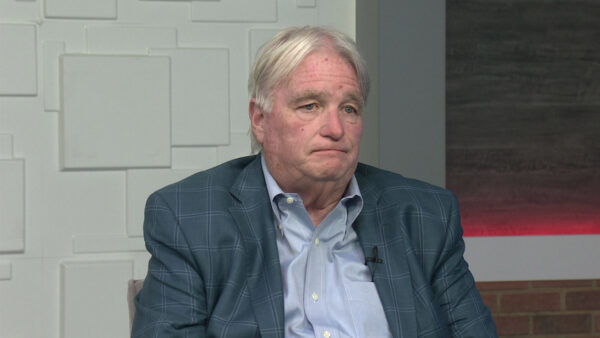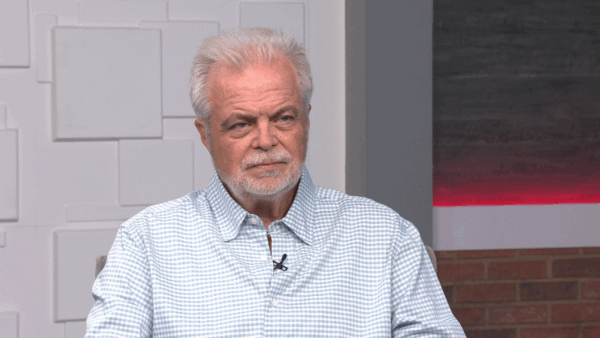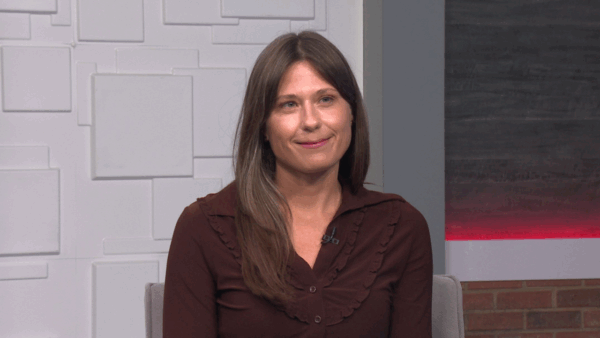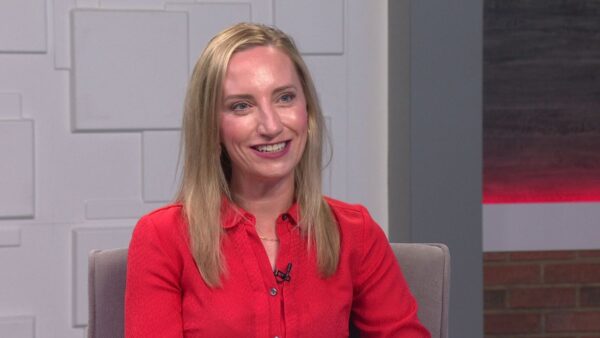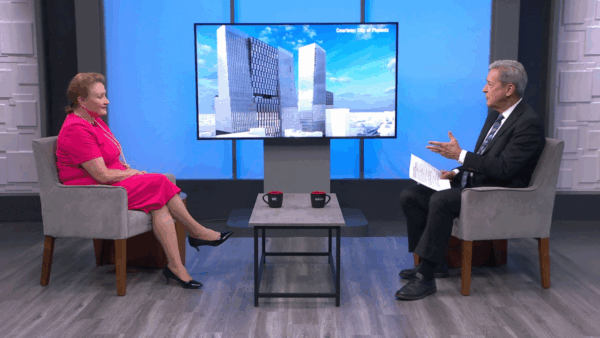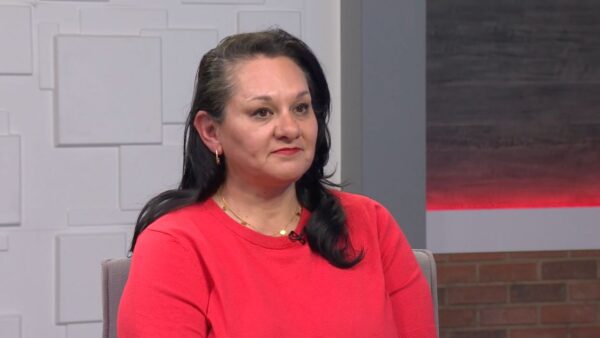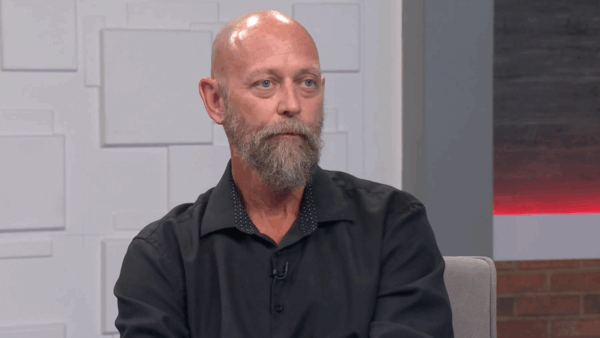Aruna Murthy, Director of Economic Analysis for the Arizona Department of Administration’s Office of Employment and Population Statistics, explains why the new Arizona jobs forecast is good news for the State’s economy.
Ted Simons: Good evening, and welcome to "Arizona Horizon." I'm Ted Simons.
Ted Simons: Arizona's job growth may not be as explosive as what we saw before the great recession, but things are improving. The state is expected to add nearly 103,000 nonfarm jobs Orde Felix Kittrie next two years, according to a new forecast from the Arizona department of administration and here with more on those numbers is Aruna Murthy, director of economic analysis of the -- for the department's office of employment and population statistics. Good to have you here. Thanks for joining us.
Aruna Murthy: good to be here.
Ted Simons: This is a twice yearly economic forecast. Correct?
Aruna Murthy: That's right. We made two forecasts, one around the middle of the year and one towards the end.
Ted Simons: And what is exactly looked at?
Aruna Murthy: We look at industry trends through time. The last time we made our forecast, it was based on the average annual data as of 2010. So this time it's a totally new forecast, with the average annual data as of 2011.
Ted Simons: And the last time the forecast was last October, it was the additional jobs I think was somewhere around 30,000, now the additional jobs somewhere around 47,000, why the change?
Aruna Murthy: We're seeing a lot of positive trends in the economy overall. The GDP is improving for capital personal income is improving, corporate profits have gone up. The employment numbers are looking better than what we saw in the past. Overall we're seeing the economic situation improving.
Ted Simons: Basically improving more than expected back in October.
Aruna Murthy: That's right.
Ted Simons: And as far as getting more data with time, you kind of alluded to that, saying the numbers got better so -- but with time it does help, doesn't it?
Aruna Murthy: That's right. We are seeing many positives, especially the fourth quarter of 2012, in many of the sectors they're doing better be the U.S. overall. In leisure and hospitality, the health care industry, we're doing better than the nation. We're seeing many trends in some sectors that are outperforming the nation's.
Ted Simons: Let's talk about the jobs that will see the most gains in the next couple years. You mentioned health care. Correct?
Aruna Murthy: That's right.
Ted Simons: And leisure and hospitality.
Aruna Murthy: Yes. Depends on how you look at it. If you look at the percentage growth, it is the construction industry, which is growing the most. 10.8%. But if you look at the total gain in number of jobs, it's education and health services, where we are gain ball game 21,800 jobs.
Ted Simons: I think some folks will be surprised to hear education was gaining jobs. Because we keep hearing about teachers leaving or getting cut. What's going on?
Aruna Murthy: Actually education is losing. When you say education and health services, we're talking about private education here. A sector of it is gaining and the gain is mainly coming from the health services, not necessarily from private education. Private education is expected to decline.
Ted Simons: How come?
Aruna Murthy: We're seeing as the economy gets better people don't really tend to seek jobs rather than go back to school and that trend might be reflected in that.
Ted Simons: What about retail?
Aruna Murthy: Retail is actually growing. Especially in the automobiles. People are tending to buy -- we expect that so far there have been fixing their old cars and now the economy is improving, we're expecting in the automobile sector there will be a little more growth than what we've seen in the previous times. And in other sectors, as people get jobs they tend to buy things that they had put off for so long.
Ted Simons: You mentioned construction earlier, and the percentage increase was so -- I'm guessing it's because it was so bad to begin with. Correct?
Aruna Murthy: The construction industry has actually shrunk, we have lost about 50% of the work force. So any small increase appears to be a large increase. In terms of total job gain over the two-year period, it's only about 12,000 jobs. But as a percent increase it appears to be high, about 10.8%.
Ted Simons: Half of construction, all construction jobs have been lost since the great recession?
Aruna Murthy: That's right.
Ted Simons: 50%?
Aruna Murthy: Close to that.
Ted Simons: Wow. OK. What about migration? We hear a lot about the fact that folks used to -- our growth industry used to be growth. Not so much anymore. How is that playing into these numbers?
Aruna Murthy: Well, historically if you look at the population numbers, an average yearly growth was about -- anywhere between 2-3%. It was about average in the past seven years, but after the recession it was 2.85%. But now this 2011, the growth was .6%. And most of the population growth is coming from -births- rather than migration. If you look at historical numbers, you need more people as a result of having more people come to Arizona, its impacts on the economy increases in terms of their needs across the sectors, people buy more, go out more, drink more, they buy more goods and services, so it has an overall impact on the economy. But now, yes, we are growing, but not at rates that we saw historically.
Ted Simons: And we are growing jobs, but again, not at rates we saw necessarily historically, compare what the forecast is, this most recent forecast with 2006 when things were humming along.
Aruna Murthy: Most of the growth in Arizona was in the construction sector. A lot of the growth. We also saw a lot of the growth in the health care sector. But weren't health care sector we're continuing to see the trends we saw historically in terms of growth. However, in the construction, the rate of growth has slowed down, because, you know, the total job gain is not what we're seeing in 2006. 2006 was a construction peak. And now it's not the construction industry that is getting us out of the hole, but there are other industries like health care and leisure and hospitality work is expected to grow more.
Ted Simons: Bottom line, things are getting better.
Aruna Murthy: Certainly things are getting better.
Ted Simons: And when we talk about the graph, some talk about the V, sharply down, back up, is it more like a U, down, a little bit, a --
Aruna Murthy: a more gradual U, yes. It's certainly not a V. If you look at 2011, that was the first time we started seeing positive growth, and the entire 2011 we have had 1% growth. So compared to that, 2% growth is almost doubling what we saw in 2011. So we're more optimistic, and in 2013 we are expect 2.3, but most of the growth coming from Phoenix.
Ted Simons: All right. Very good. Good encouraging numbers. It's good to have you here to help break it down.
Aruna Murthy: Thank you.
Aruna Murthy:Director of Economic Analysis, Arizona Department of Administration Office of Employment and Population Statistics;
